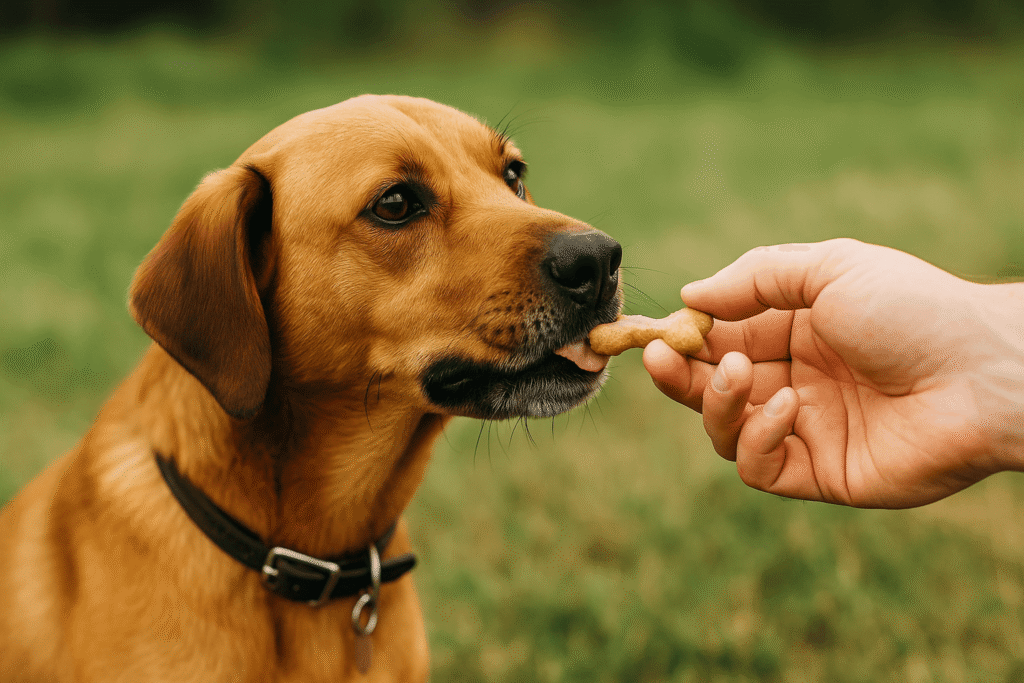5 Golden Rules of Dog Training: Build Trust, Obedience, and Confidence
Effective dog training is rooted in consistency, patience, and positive reinforcement. Whether you’re working with a new puppy or an older dog, following these five golden rules will help you build a strong, respectful relationship and encourage lasting good behavior.
1. Establish Yourself as the Leader
Dogs are naturally inclined to follow a leader. Establishing yourself as a calm, confident guide—not through dominance or fear—creates a secure environment where your dog knows what to expect. Leadership involves setting clear boundaries and making consistent decisions, helping your dog feel safe and reducing anxiety.
💡 Tip: Leadership is about guidance, not control. Avoid outdated dominance-based methods like alpha rolls, which can damage trust.

2. Use Positive Reinforcement
Rewarding desired behaviors with treats, praise, or play encourages your dog to repeat those actions. Positive reinforcement strengthens the bond between you and your dog and fosters a love for learning.
💡 Tip: Use high-value rewards that your dog loves, and deliver them immediately after the desired behavior to reinforce the connection.
3. Be Consistent with Commands and Expectations
Consistency is crucial in dog training. Using the same commands and enforcing the same rules helps your dog understand what is expected. Inconsistency can lead to confusion and slow down the learning process.
💡 Tip: Ensure all family members use the same commands and rules to prevent mixed signals.
4. Keep Training Sessions Short and Engaging
Dogs, especially puppies, have limited attention spans. Short, frequent training sessions (about 5-10 minutes) are more effective than longer ones. Ending sessions on a positive note keeps your dog motivated and eager to learn.
💡 Tip: Finish each session with a command your dog knows well to build confidence.

5. Practice Patience and Understanding
Learning new behaviors takes time. Patience is essential, as frustration can hinder progress and damage your relationship with your dog. Celebrate small successes and understand that setbacks are a natural part of the training journey.
💡 Tip: If you or your dog become frustrated, take a break and return to training later with a fresh perspective
Final Thoughts
By following these five golden rules, you create a positive and effective training environment that promotes good behavior and a strong, trusting relationship with your dog. Remember, training is an ongoing process that requires consistency, patience, and understanding
